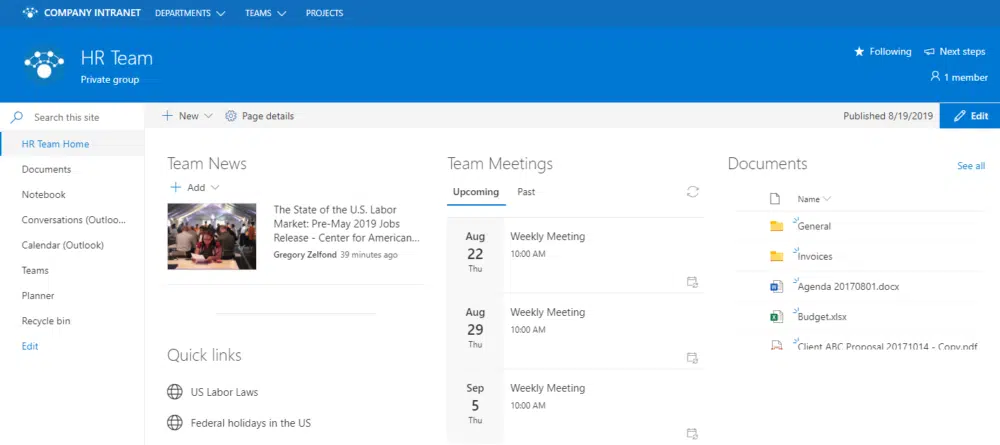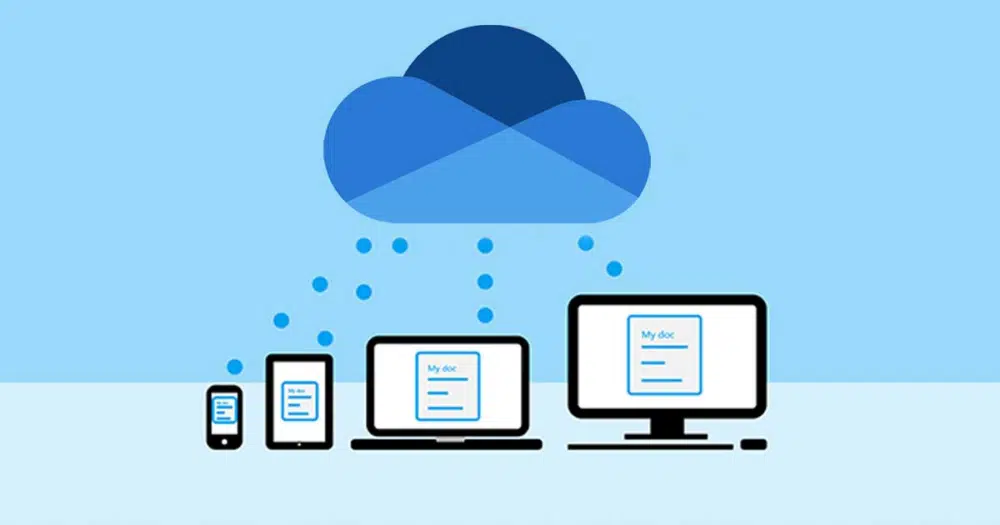You may not even realize it but, among the services included in your Microsoft 365 subscription are two powerful file sync and share programs: SharePoint and OneDrive. While both serve as online file depositories, there are key differences between the two. The programs are complementary, but accountants should be aware of the key ways in which they diverge to enhance productivity at their firm.
OneDrive is a cloud-based file hosting service available to all Microsoft account holders that offers a significant amount of free data storage and paid tiers for increased capacity. Linked to a user’s individual Microsoft account, it’s best for individual work and small-scale sharing. Your firm has likely outgrown using OneDrive on its own, however, when paired with SharePoint, there is still great value in using them in tandem.
The far more versatile SharePoint offers enterprise-grade solutions for wide-scale collaboration. It is centrally operated and enables synchronized teamwork, file, and knowledge sharing.
So, what are the main differences between OneDrive and SharePoint and how should your firm be using them?
SharePoint – A Powerful Tool For Team Collaboration
While SharePoint offers file storage for organizational assets, it is turbocharged with customizable features that are specifically aimed at facilitating team collaboration across multiple projects and departments within a business.
SharePoint can act as an organizational intranet and a content management system. Dashboards can be built to provide snapshots of pertinent information. Since it functions on the cloud, employees can access key information from wherever they are.
It can also be integrated with a plethora of productivity apps, such as Word, Excel, Calendar, and Workflow.

One Drive – Personal Cloud Storage and Offline Editing
OneDrive is a downloadable software that is attached to an individual Microsoft user’s account. It acts as an online storage folder for personal files and documents. OneDrive allows users to share and collaborate with other members of Microsoft Teams, but on a much smaller scale.
While all information is stored and backed up in Microsoft Cloud, meaning individual users can access their personal files whenever they want from wherever users can also synchronize files with their local computers to access documents for offline editing.

Which Platform Should Your Firm Use?
SharePoint and OneDrive are complementary programs within Microsoft 365 and we recommend using a mixture of each. However, SharePoint provides an additional layer of enterprise-grade functionality that’s important for productivity. Importantly, it also provides better security to safeguard private company data.
For example, while OneDrive’s offline editing capability can boost employee productivity, the convenient feature can also create a security weakness. SharePoint, on the other hand, is centrally controlled by the organization and comes with access controls that give company decision-makers power over who sees what. These segmentations can help IT departments silo potential data breaches should a malicious file slip through the cracks.
There is a benefit to using them in tandem. OneDrive provides a significant amount of storage space for individual employees, while SharePoint offers a far more powerful set of features that bring the entire organization together under one collaboration system.
Take SharePoint for a Test Drive
A purchase of Microsoft 365 gets you access to both OneDrive and SharePoint. According to a Forrester report, companies report that the cloud suite saves users an average of 1.1 to 8 hours per user per week. By reducing redundant technology programs and gaining other efficiencies, businesses reported saving nearly a quarter-million dollars over three years.
Tech Guru has helped accounting firms all over the country migrate to the cloud. Schedule an intro call to learn more or download our free SharePoint Test Drive Guide to get started.
